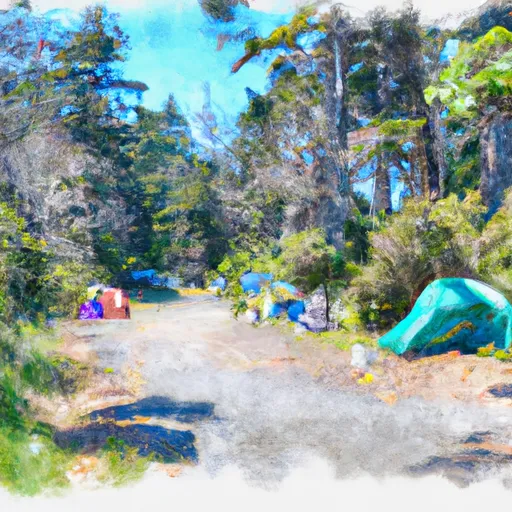Summary
Standing at an elevation of approximately 2,202 meters (7,225 feet), it offers breathtaking panoramic views of the surrounding landscapes. The mountain's size is quite impressive, with a prominence of around 1,005 meters (3,297 feet) and a topographic isolation of 8.3 kilometers (5.15 miles).
During the winter season, Mount Townsend receives a substantial amount of snowfall, making it a popular destination for winter sports enthusiasts. The snowpack range varies depending on the year, but on average, the mountain accumulates between 2-4 meters (6-13 feet) of snow. The heavy snowpack and steep terrain make it ideal for backcountry skiing and snowshoeing, but caution is advised due to potential avalanche hazards.
Several creeks and rivers benefit from the runoff generated by Mount Townsend. These waterways include Big Quilcene River, Dungeness River, and Gray Wolf River. Their flow is fed by the melting snow and glaciers found on the mountain's slopes, providing a vital water source for the surrounding ecosystems and communities.
The name "Mount Townsend" honors David Dwight Townsend, a surveyor and geographer who worked extensively in the Pacific Northwest during the 19th century. There are no specific legends or lore associated with the mountain, but its majestic presence and challenging nature continue to captivate adventurers, making it a cherished destination for mountaineers and hikers alike.
Weather Forecast
Regional Streamflow Levels
368
Cubic Feet Per Second
1,870
Cubic Feet Per Second
1,320
Cubic Feet Per Second
817
Cubic Feet Per Second
Area Campgrounds
| Location | Reservations | Toilets |
|---|---|---|
 Camp Windy
Camp Windy
|
||
 Camp Mystery
Camp Mystery
|
||
 Camp Handy
Camp Handy
|
||
 Dungeness Forks
Dungeness Forks
|
||
 Dungeness Forks Campground
Dungeness Forks Campground
|
||
 Falls View
Falls View
|
